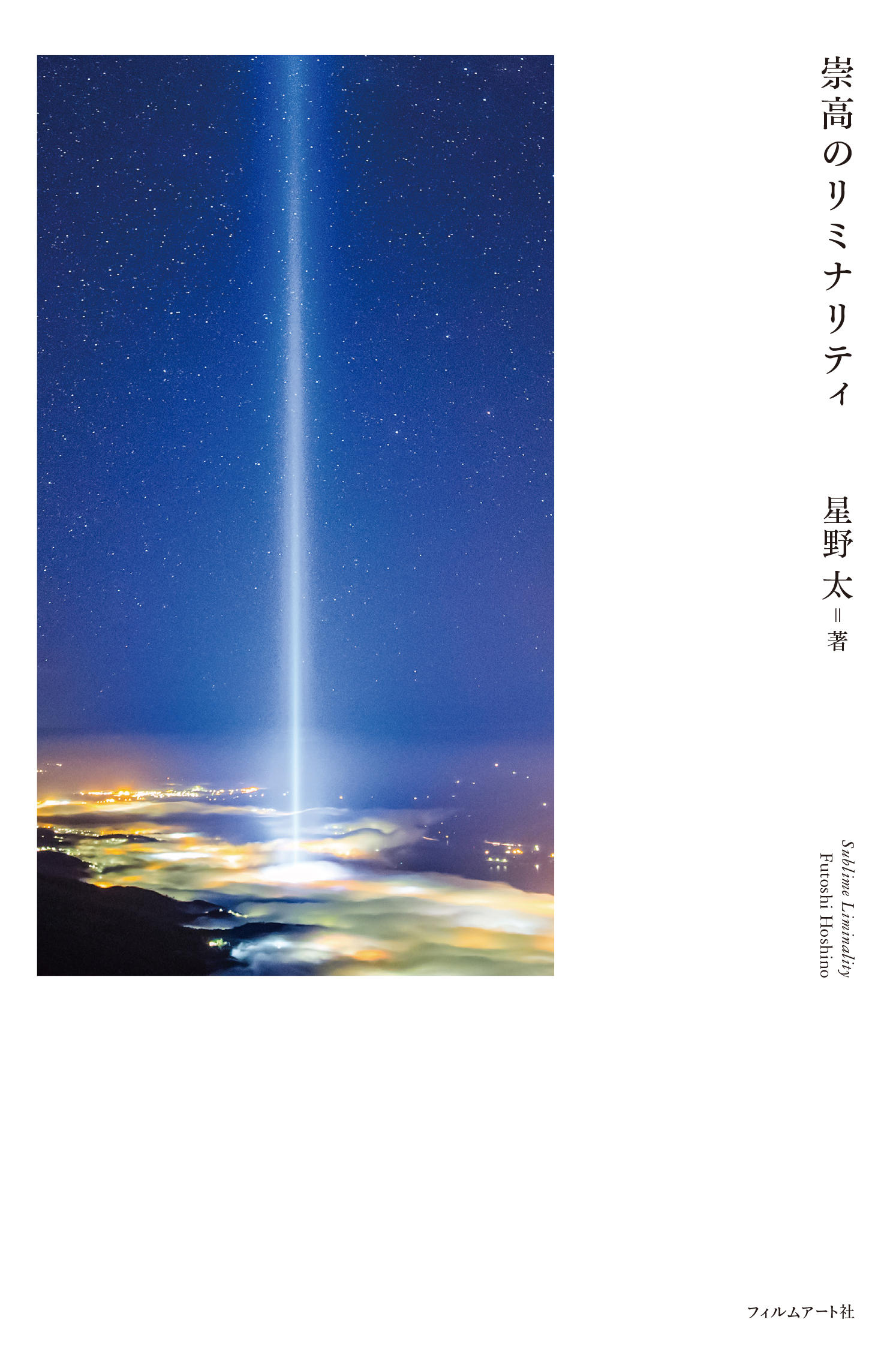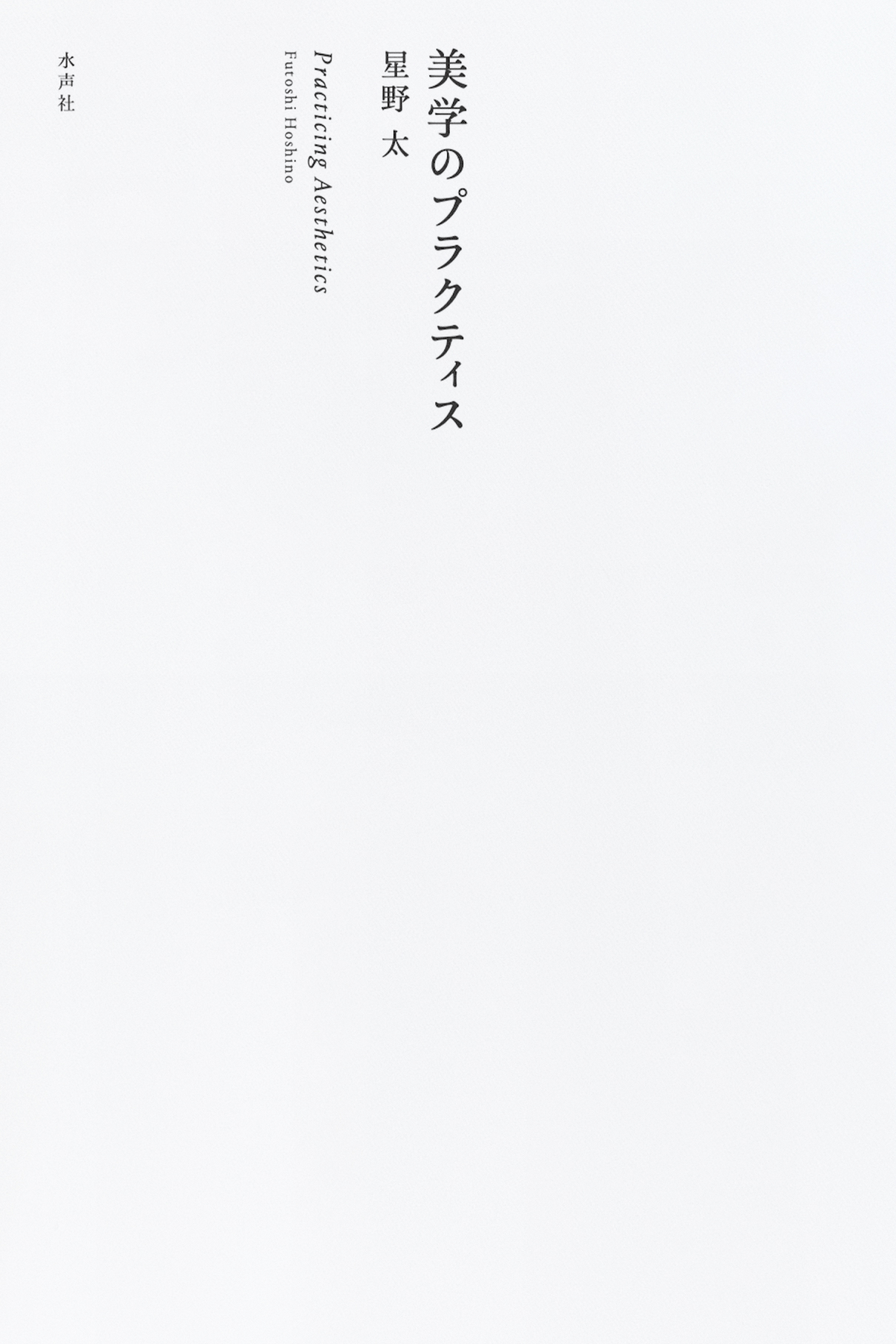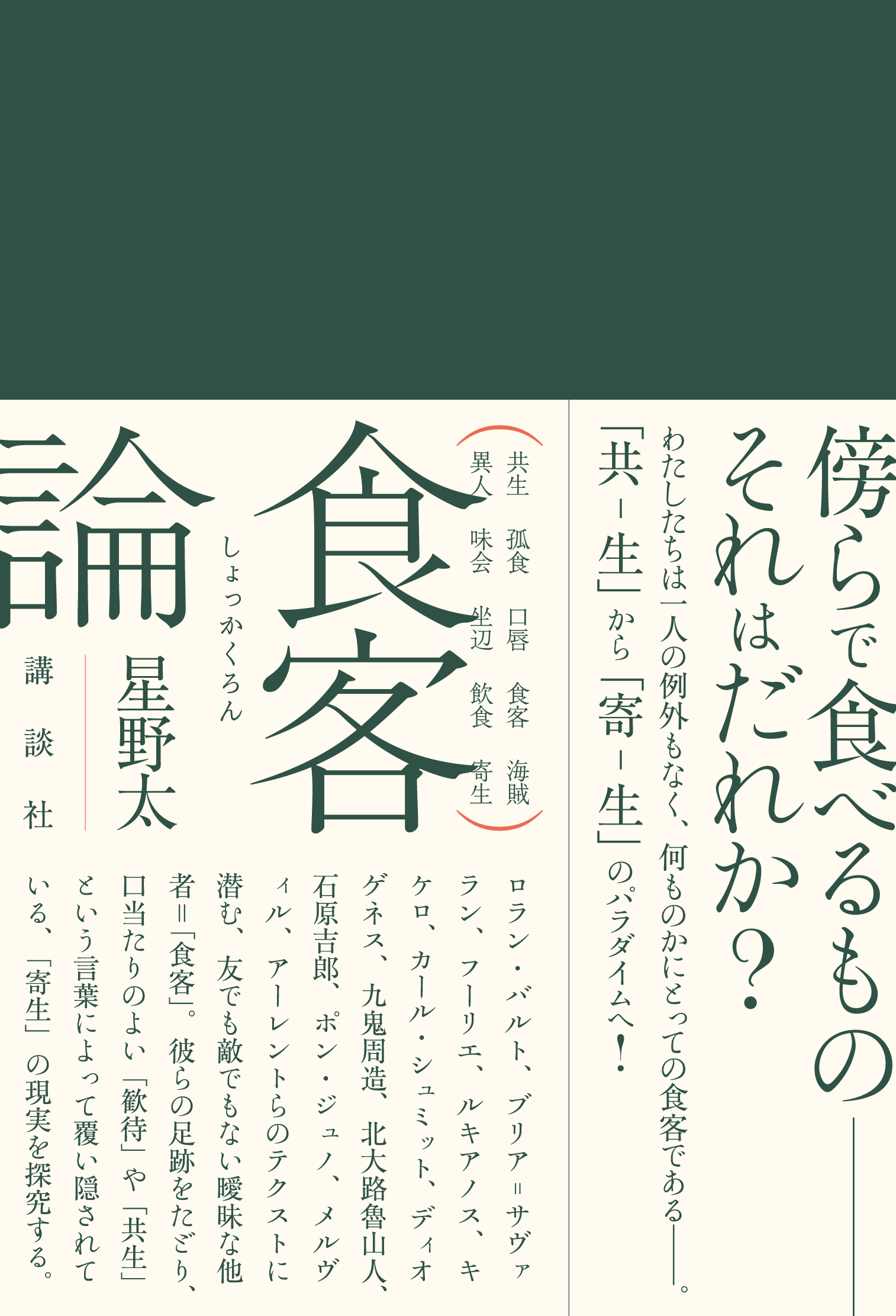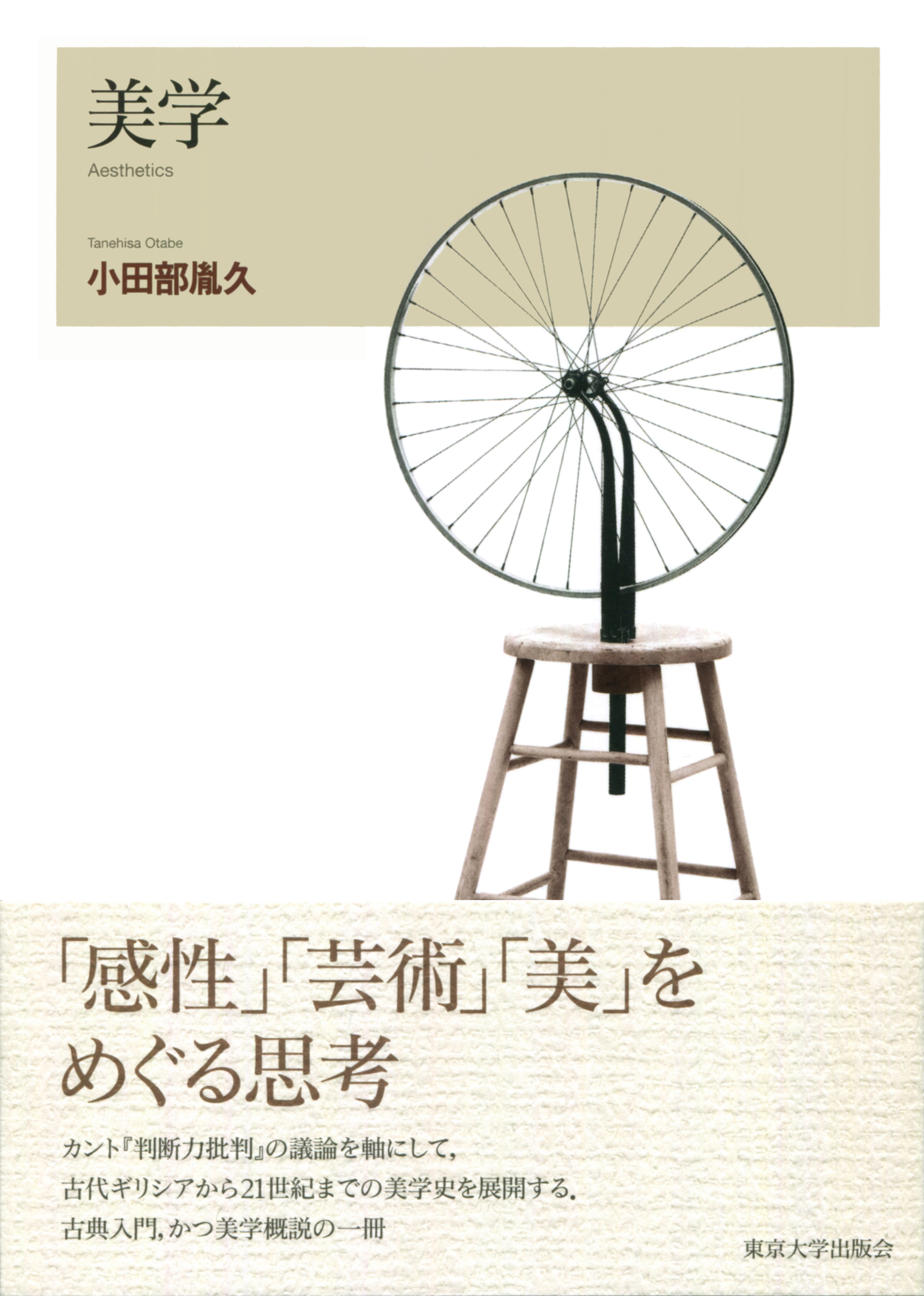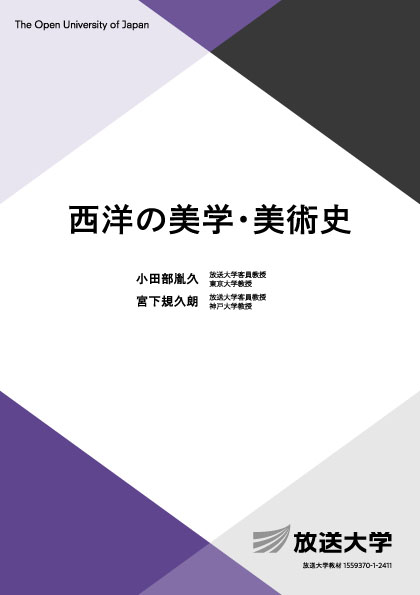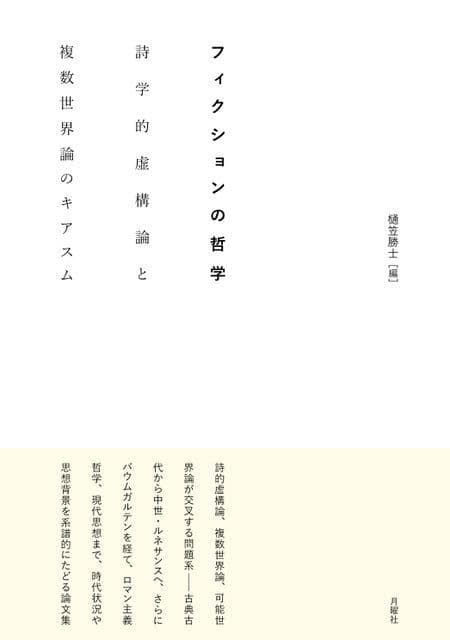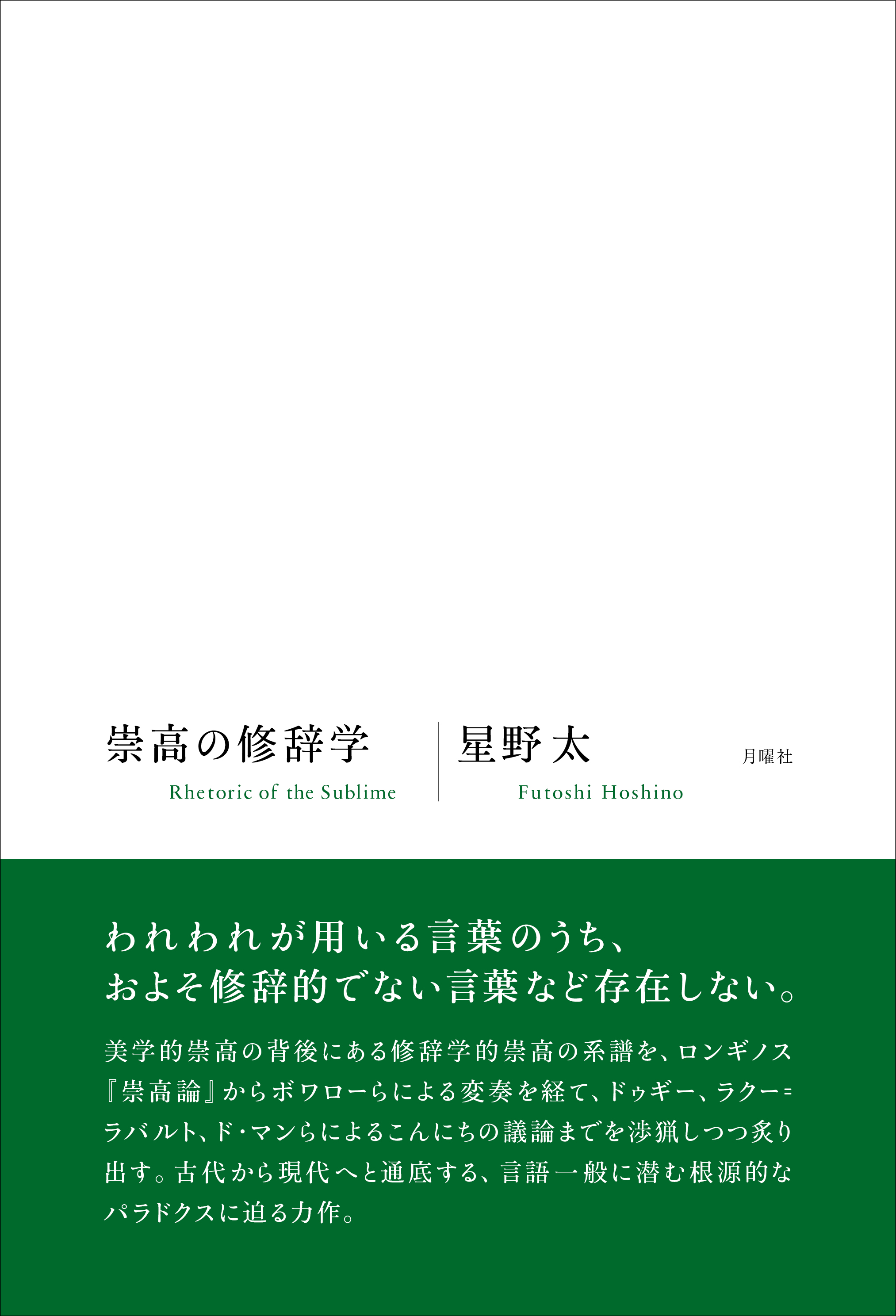
Title
Koten Tensho Suko no Shujigaku (Rhetoric of the Sublime)
Size
288 pages, A5 format, hardcover
Language
Japanese
Released
February, 2017
ISBN
978-4-86503-041-9
Published by
Getsuyosha Limited
Book Info
See Book Availability at Library
Japanese Page
This book is a study on the “sublime.”
When we encounter an overwhelming entity that far exceeds our power, we may experience something akin to awe. Rather than a simple pleasure like the one we feel when we encounter something beautiful, it is a complex feeling mixing pleasure and displeasure. In the 18th century, Western scholars became interested in the study of this experience. Catastrophes such as the Great Lisbon Earthquake and foreign travel, then known as the “Grand Tour” in England, inevitably increased interest in this ambiguous emotion. This marked the origin of the modern conception of the “sublime,” the main topic of this book.
Since then, the concept of the “sublime” has been exclusively used as a counterpart of “beauty.” Historically, beauty has been defined as a balanced and limited entity. Contrastingly, the sublime is caused by a vast and ambiguous emotion evoking fear. This coupling of beauty and the sublime has always occupied a central position in aesthetics, primarily through Edmund Burke’s The Origin of the Ideas of the Sublime and the Beautiful (1757) and Immanuel Kant’s Critique of Judgment (1790).
This book focuses on another lineage that has been suppressed in the modern conception of the sublime. In the West, the concept of the sublime was first discussed in a Roman-era enigmatic Greek work called On the Sublime. Although its authorship is unknown, it is conventionally attributed to Longinus, third century A.D. It was a rare attempt at literary criticism in antiquity, transcending the genres of poetry, philosophy, and history to discuss the concept of the sublime that leads our minds to euphoria. Like other ancient Greek and Roman writings, On the Sublime was discovered in the 16th century and influenced various subsequent literary trends. The discussions regarding the idea of the sublime in poetry and prose have gradually been neglected, since the focus has shifted toward the sublimity of nature and art.
This book sheds new light on the genealogy of the sublime in language. It discusses Longinus’ On the Sublime and its implications and connotations. A distinctive feature of this book is its deliberate distinction between two kinds of sublime, namely, the “rhetorical sublime” and “aesthetic sublime.” I have attempted to highlight the genealogy of the “rhetorical sublime” through essays by modern scholars such as Boileau, Burke, and Kant, who accepted and contributed the theory of the sublime, and contemporary thinkers such as Michel Deguy, Philippe Lacoue-Labarthe, and Paul de Man.
As noted earlier, the aesthetics established in the modern era has disproportionately considered the sublime in nature and art, disregarding the sublime in language, which Longinus and later rhetoricians have deliberated upon. By focusing on various aspects of “language and the sublime” and historically tracing it, this book may contribute to the rethinking of “rhetoric” in the present day.
(Written by HOSHINO Futoshi, Associate Professor, Graduate School of Arts and Sciences / 2021)
Related Info
Review by Atsushi Tanigawa, Hyosho: Journal of the Association for Studies of Culture and Representation, vol. 12, 2018.
http://www.getsuyosha.jp/hyosho/hyosho12.html
Review by Hideki Kuwajima, Bigaku: Journal of the Japanese Society for Aesthetics, vol. 71, no. 1, 2020.
https://www.jstage.jst.go.jp/article/bigaku/71/1/71_169/_pdf



 Find a book
Find a book


